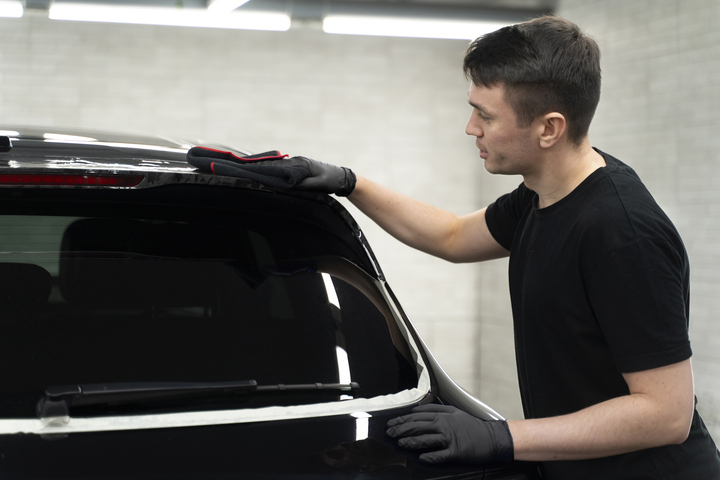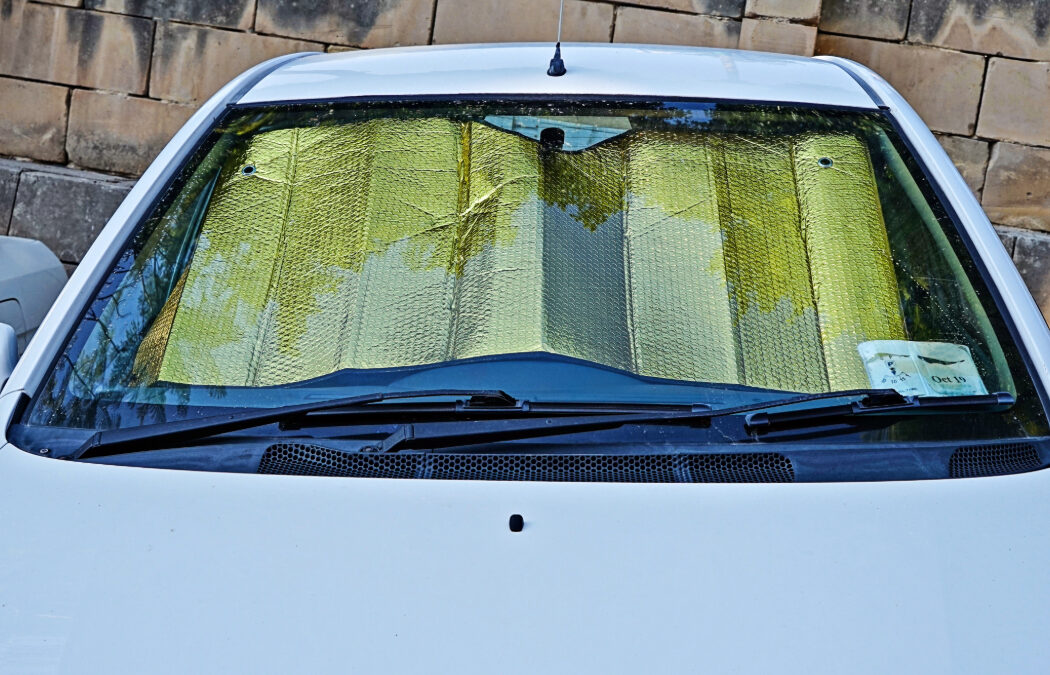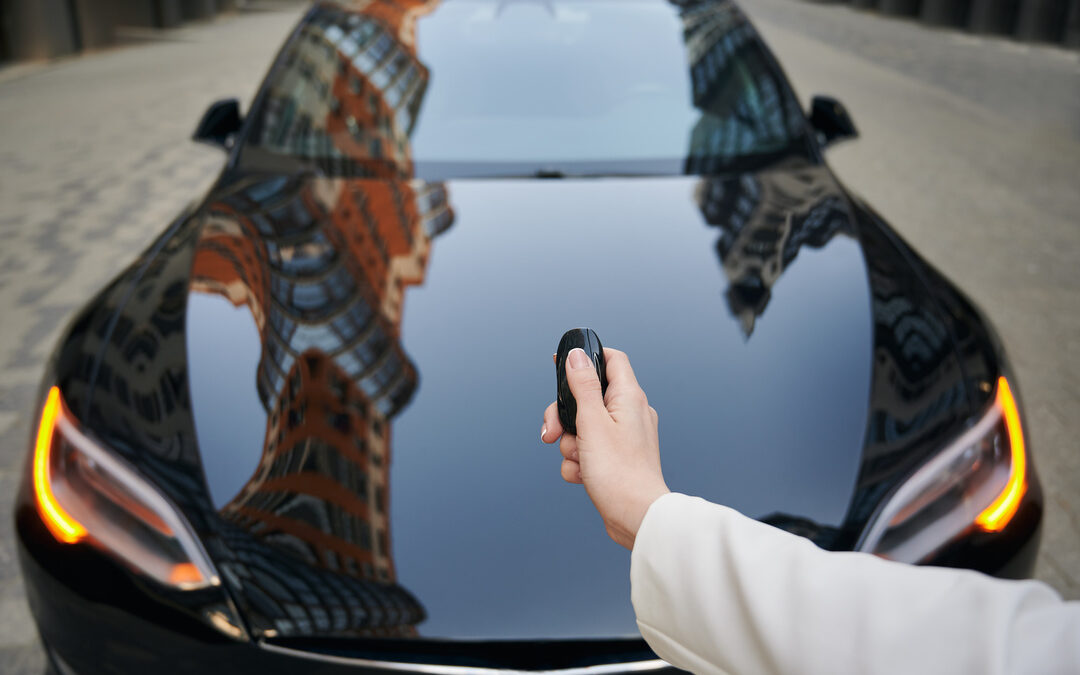You’re thinking about tinting your windows. Cool. But timing actually matters — a lot more than people think.
In Massachusetts, the weather swings hard. One week it’s sunny and perfect. Next, it’s snowing sideways. And that affects how your tint turns out.
Here’s when you should (and shouldn’t) get your tint job done — so you don’t end up with bubbles, peeling, or slow drying.
Timing Matters — Here’s When You Should (and Shouldn’t) Tint
Let’s keep it simple:
| Season | Should You Tint? |
| Spring | Yes — best time |
| Early Summer | Yes — great drying |
| Late Summer | Okay, but shops get busy |
| Fall | Risky — temps drop |
| Winter | No — too cold, slow dry time |
The best time to tint in Massachusetts is when the weather is warm, dry, and steady. That means April through June is your sweet spot.
Why Spring and Early Summer Are Ideal in MA
Here’s why tinting in spring/early summer just makes sense:
- Temps are perfect (60–80°F): That’s the ideal range for film to cure properly.
- Low humidity: Less moisture in the air means fewer issues under the film.
- Shops have open slots: Before the summer rush, it’s easier to get a same-week appointment.
You also get the bonus of staying cooler all summer long. Don’t wait until August to realize your car is a rolling oven.

Cold Weather Problems: Why Winter Isn’t Great for Tint Jobs
Massachusetts winters are brutal. And tint film doesn’t like cold glass. Here’s what can go wrong if you tint in winter:
- Film takes forever to cure (2–4 weeks or more)
- Moisture gets trapped longer
- Bubbles and hazing stick around
- Shops may rush the job indoors
Yes, good tint shops can still do the work in winter — they use heat guns, indoor bays, and special prep. But even then, it’s not ideal. And if you’re parking outside? Forget it. Your tint will dry more slowly than paint in the snow.
Rain, Snow, and Humidity — How They Affect Tint Drying Time
Even if it’s not freezing, the weather still plays a role in how your tint sets.
- Rainy days = slower dry time
- Snow or fog = more trapped moisture
- High humidity = cloudiness under the film
Most shops will tell you not to roll down your windows for at least 3–5 days after tinting. Is it wet or cold outside? You might need to wait up to two weeks for the film to fully cure.
You’ll see hazy spots, water pockets, and light distortion during that time. It’s normal — but annoying. And if the weather sucks, it lasts even longer.
Ready to book your tint job?
Check our up-to-date list of trusted MA tint shops by season.
See who’s booking now, who offers year-round indoor installs, and what their customers say.
Don’t let bad weather mess up your tint. Get it done right — at the right time.



0 Comments